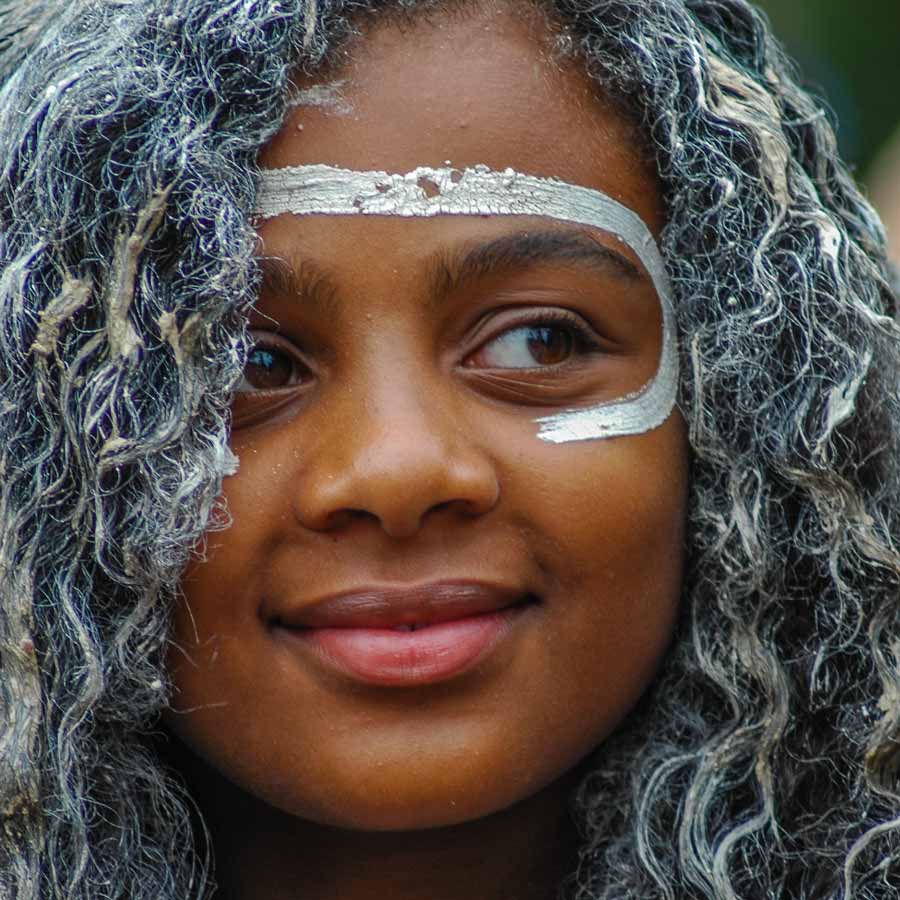In recent decades, the intersection of indigenous cultures and modern spiritual movements has sparked a dialogue that invites scrutiny and reflection. One particular inquiry that arises is: How can the teachings of the Bahá’í Faith coexist harmoniously with the rich tapestries of Aboriginal traditions? This question posits potential challenges by interrogating the integrity of both practices while inviting an exploration of the convergence between traditional indigenous knowledge systems and the contemporary insights offered by Bahá’í philosophy.
The Bahá’í Faith, as a relatively young global religion founded in the 19th century, emphasizes the oneness of humanity, the unity of all religions, and the importance of progressive revelation. This framework provides a fertile ground for engagement with Aboriginal spirituality, which is deeply rooted in connection to the land, community, and a plethora of ancestral narratives. The juxtaposition of these two worldviews necessitates a careful evaluation of their foundational principles, inviting dialogue that seeks not just coexistence but also integration.
A closer examination of Bahá’í teachings reveals an intrinsic respect for the rich diversity of human cultures. The Bahá’í concept of ‘unity in diversity’ resonates profoundly with Aboriginal beliefs that emphasize a spiritual connection to land, ancestors, and community members. Traditional Aboriginal spirituality often manifests through stories, songs, and dances, which serve as oral histories encompassing layers of moral and ethical instruction. Herein lies a critical alignment: both traditions celebrate communal existence and the shared responsibility of stewards of the Earth.
However, the merging of such distinct spiritual narratives introduces complexities that cannot be overlooked. One of the challenges arises from the temptation to oversimplify or commodify Aboriginal practices in the light of Bahá’í principles. A superficial adoption of Aboriginal symbols or rituals, devoid of their contextual meanings, risks undermining the cultural heritage they embody. Therefore, while the Bahá’í Faith advocates for the synthesis of religious beliefs, it must also tread carefully to honor the nuances of Aboriginal traditions without appropriating them.
The Bahá’í teachings promote the notion of an evolving spiritual understanding. This framework can serve as a conduit for Aboriginal peoples to reclaim narratives and practices on their own terms, allowing for a collaborative reimagining of their identity in a modern context, one that both cherishes historical roots and embraces contemporary aspirations. Crucially, Bahá’í principles encourage interfaith dialogue which can provide a platform for shared learning among followers of different traditions, fostering an environment wherein Aboriginal expressions can flourish while being informed by Bahá’í ideals.
Importantly, the role of the land in Aboriginal spirituality cannot be overstated. The land is not simply a backdrop for human activity; it is a living entity imbued with spiritual significance. This conception aligns with the Bahá’í belief in the stewardship of the Earth, emphasizing environmental responsibility and interdependence. Addressing ecological issues with a lens that combines both Bahá’í and Aboriginal perspectives may yield holistic solutions that honor the sanctity of nature while implementing sustainable practices informed by both traditions.
As Bahá’í communities engage with Aboriginal peoples, it becomes increasingly incumbent upon them to navigate potential pitfalls with sensitivity. For example, how can they ensure that their outreach respects and uplifts Aboriginal voices rather than overshadowing them? This requires a profound commitment to listening and learning rather than leading and teaching. Genuine collaboration must prioritize Aboriginal perspectives, ensuring that their wisdom is not only acknowledged but actively integrated within the religious dialogue.
Moreover, the assertion of cultural safety is vital in this discourse. Bahá’í communities must acknowledge the historical injustices faced by Aboriginal peoples, ensuring that their interactions do not inadvertently perpetuate patterns of colonialism or cultural erasure. Engaging with Aboriginal histories and contemporary contexts provides Bahá’í practitioners with an opportunity to embody the principles of equality and justice essential to their faith, while also fostering reconciliation in practical, measurable ways.
Furthermore, the literature within the Bahá’í tradition offers a wealth of ethical guidance that complements Aboriginal teachings. The focus on moral excellence, integrity, and service within the Bahá’í writings can be harmonized with Aboriginal values of reciprocity, respect, and communal welfare. This merging of ethical frameworks proposes not only an enriching dialogue but also encourages practical collaborations rooted in mutual respect and shared vision for the future.
In conclusion, the interplay between Bahá’í teachings and Aboriginal spirituality embodies both opportunity and challenge. As practitioners of these rich traditions navigate their coexistence, the potential for a synthesis that honors both the ancient and the modern unfolds. This engagement is not merely an academic exercise but a lived experience that holds the promise of a deeper understanding of humanity’s interconnectedness. It is upon this foundation that both communities can cultivate a future imbued with respect, reverence, and a commitment to a shared journey forward—a fusion that celebrates the past while gazing towards a harmonious future.
